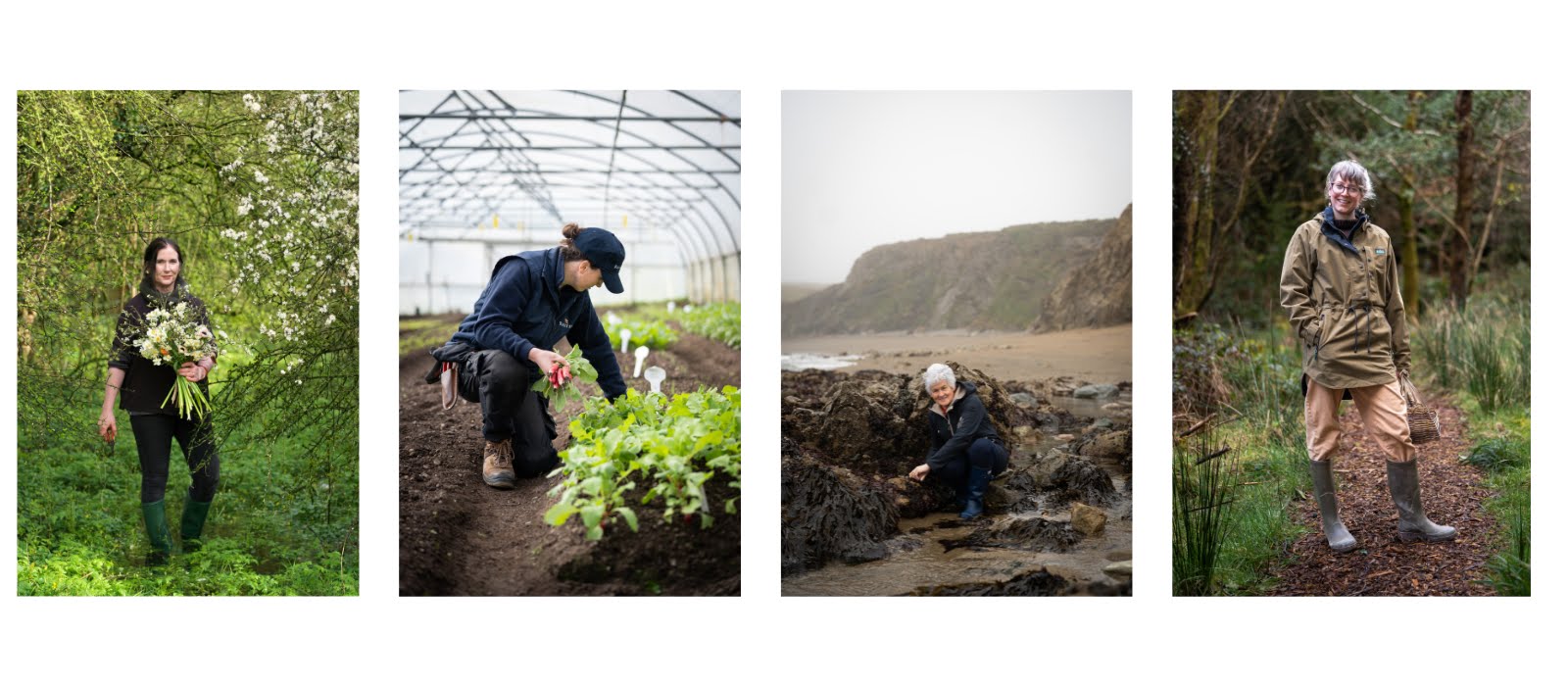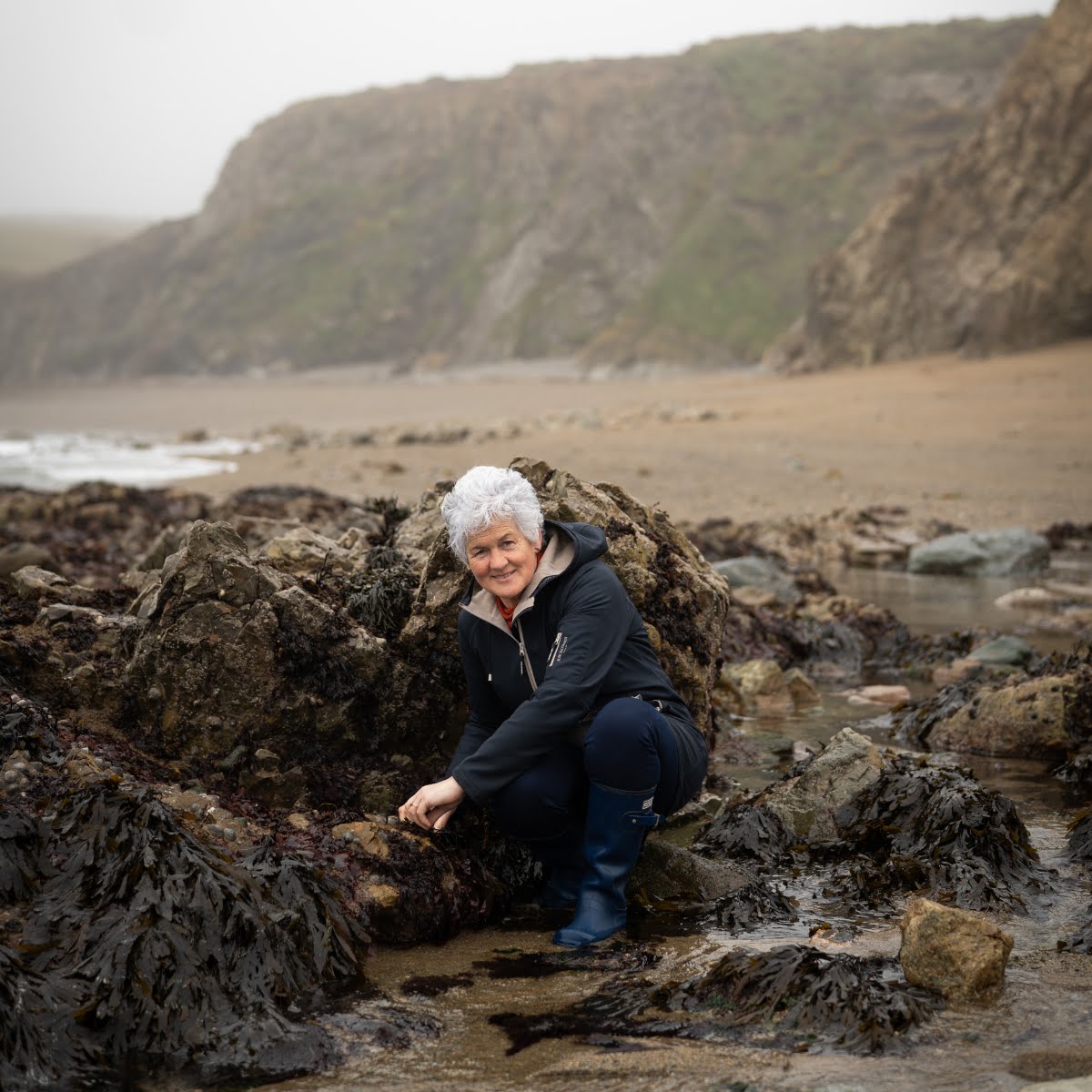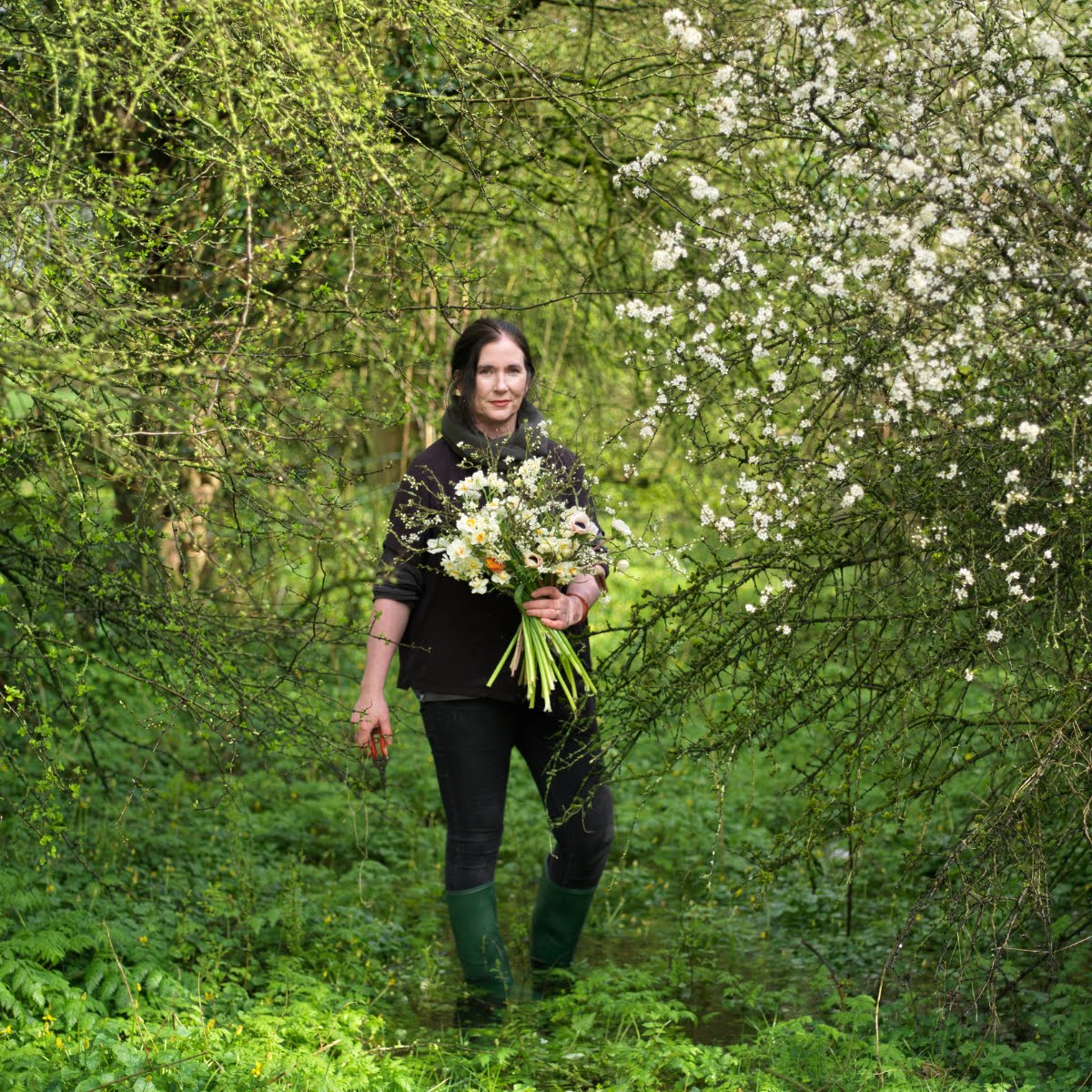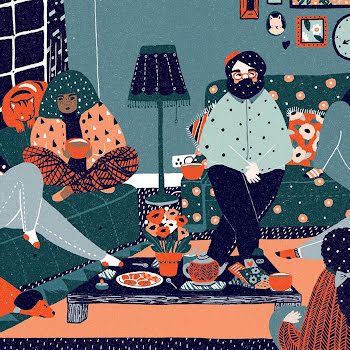
Meet the Irish growers and foragers merging artistry with ecology
Meet the growers and foragers who merge artistry with ecology to cultivate beauty from earth and sea.

Attitudes to seaweed have become more open and positive since Marie Power began her business 16 years ago, she says. “Seaweed is now found in high-end restaurants, and as a healthy addition in new and artisan food products. Much more Irish-harvested seaweed is available now, as well as user-friendly products containing seaweed. People realise there are several types and a variety of flavours, textures and culinary uses.”
Today, under the banner of The Sea Gardener, Marie runs foraging trips and picnics from her base on Waterford’s Copper Coast and produces milled products that make adding seaweed to cooking easy. Though her interest in seaweed stemmed from sourcing plant-based protein, vitamins and minerals as an adult, she was also given seaweed as a child for its health associations. Seaweed’s benefits are bountiful, Marie says. “It has high levels of protein and is a nutrient-dense food that’s low in calories and contains phytonutrients and antioxidants. Seaweed is associated with health-giving benefits such as anti-viral and anti-cancer, while research points to heart and circulatory benefits, gut health and immunity. Seaweed is a plant source of B12 too.”
Summer is the best season for foraging, and location-wise Marie says “any rocky beach with excellent water quality” will do. Sweet and salty Sleabhcán is her favourite for taste, but there are hundreds of seaweed species growing around the Irish coastline. “The dozen or so most flavoursome are in season in summertime. Foraging on balmy summer days with calm seas enriches trips to the seaside,” says Marie.
This summer, she ran seaweed forages and beach picnics, and has collaborations with kayakers planned, and another with a group of American visitors. theseagardener.com
![]()
Heady scents waft from a semi-walled garden where a rose garden is blooming. Over the last number of years, the garden team at Ballyfin have been bringing the grounds back to its former glory, and this former flattened ball alley plays a starring role.
“We now have the three walls and a centre border bursting with Graham Thomas and Gertrude Jekyll. We have a lovely seating area with some Nepeta planted on both sides – the perfect spot for our guests to peruse while wandering the demesne on summer days,” says head gardener Kayleigh Keenan.
Alongside Kayleigh are Pat, Mick, David and Gillian, and the team are continuously implementing changes, such as growing more produce for the house than ever before. A new polytunnel in the upper walled garden is used for propagation and growing, a wildflower meadow keeps insects and bees happy, and the amount of cut flowers grown has also increased, much to the delight of the florists who use these blooms throughout the house all summer.
For arrangements, Kayleigh says they stick to what they know works well every year. “We have roughly 34 different varieties including sweet pea, cornflowers, sunflowers, poppies, violas, strawflowers, and snap dragons. We are mindful of the flowers that grow well but that also will last as cut flowers in arrangements around the house. We make sure most are edible for the kitchen, which is where calendula, cosmos nasturtium and borage play a big part.”
She describes the garden beautifully at this time of year. “There is a sense of calm amongst the bursting borders of colours, fragrances, and the fullness of all things edible. It’s the calm after a very busy winter and spring when all the harsh preparation work was completed in order to achieve a blooming summer garden. Overall, the garden is a kaleidoscope of colour, and the sound of the occasional whistling gardener is the perfect backdrop.” ballyfin.com
Not only is it the ultimate in low-maintenance gardening, but allowing these native wild plants to form a backbone to our gardens is vital in addressing the biodiversity crisis.

“Bathed in the warming waters of the Gulf Stream and protected by the worst of the Atlantic storms by the horseshoe-like Caha Mountains that surround us, plants not only spring from the ground but even root into the air,” says Kloë Wood of the forest garden she has cultivated with her partner Adam Carveth in West Cork.
Both garden designers, Kloë returned to her homeplace in 2017 after seven years in UK academia, eager to roll up her sleeves and put her knowledge into practice. Having met on a community project in Cornwall, plantsman Adam came with her, with very little persuasion, and took up a position managing the gardens at Bantry House. Together, they offer garden design, run edible tours, events and teaching programmes off-site, but prospective clients need only to visit their Garden of Re-imagination to get a sense of their holistic approach. The couple focus on maximising flavour, habitats for wildlife, and ensure easy access throughout their gardens to encourage visitors to see, smell, touch and taste.
“As opposed to growing horizontally across the ground, forest gardens are incredible three-dimensional growing spaces that layer edible plants in ways that mimic a woodland. Starting from the ground right up to the treetops, every layer of planting is edible or supports surrounding plants in some way, whether that be with food, a structure to grow on or for shade or wind protection.”
Initially, the couple set out to push the boundaries of what edible botanicals can be grown here, from bright pink Szechuan peppercorns to an allspice bush whose stems can be used like cinnamon, and leaves like curry leaves and giant celery. “However, in amongst all of this nature has woven its own layer of edible planting,” explains Kloë. Wood sorrel, wild strawberries, plantain and dandelion now carpet many of the borders, bringing basketfuls of wild flavours. “Not only is it the ultimate in low-maintenance gardening, but allowing these native wild plants to form a backbone to our gardens is vital in addressing the biodiversity crisis.”
Throughout summer, the couple welcomed guests for guided tours of the edible garden and there’s a range of botanical-themed accommodation too, should guests take part in their Forage, Feast & Paddle or Taste of Beara packages. twogreenshoots.com

When Fionnuala Fallon stepped out of the car to view a centuries-old farmhouse with five acres in Laois almost 20 years ago, she knew immediately that the soil was good. After a very wet spring, it wasn’t waterlogged but free draining. Looking around, she could see good growth in the surroundings, and neighbouring farms growing crops indicated prime agricultural land.
“The pandemic was life-changing for us,” Fionnuala says. At that time, she and her partner Richard Johnston were fixing up the Laois farmhouse while growing their flowers in a walled garden at a house in west Wicklow, which went up for sale. Though a condition of the sale was that they could continue to harvest flowers there for a further two years, the pair realised that it was now or never” if they ever wanted to establish a permanent flower farm on their own land.
Making the farmhouse a home has been a lengthy process, and so moving the flower farm has played second fiddle until this year. The initial set-up has moved at a slower pace, especially after a sodden spring, but progress is underway. Their vision is to create a small but beautiful, productive, sustainably managed, Irish cut-flower farm, where a range of flowers and foliage will be grown that are true to the Irish gardening year. And to eventually convert one of the tumbledown outbuildings into an on-site studio and workshop space.
The couple’s wedding work is a key part of their business, but they also grow flowers for the sheer joy of them. Zingy-coloured dahlias that don’t make sense in most bridal bouquets, echinacea which are vulnerable to slugs, and fleeting flowers like delphinium all pepper the farm just for fun. This season will be a hectic juggle of weddings, workshops, talks, writing work and garden design work, and of course, propagating and tending to crops. “I genuinely love giving workshops, it’s hugely rewarding to watch someone realise that all this is within their grasp. So much of modern culture has distanced us from the traditional skills of growing and harvesting, of propagating and home seed saving. It’s quite magical to see people learning them.” @theirishflowerfarmer
Photography by Ruth Connolly & Richard Johnston. This article originally appeared in the Summer 2024 issue of IMAGE Magazine.

IMAGE Autumn 2024
The Autumn issue of IMAGE is here, and we’re looking forward to the cool, crisp days as a chance to reset our routine. From new-season looks to inspiring women to glean wisdom from, we’re embracing that “New Year” feeling. Plus: * Sleek style * Grandad dressing * In studio with Irish designer Cleo Prickett * Adaptive fashion * The Irish at fashion month * Inspiring the next generation * Rethinking end of life planning * Regenerative farming * Bobs are back * Navigating antidepressants * The future of Irish food * Group stays * and so much more…
Find IMAGE Autumn in stores, or click here to buy online.
Have you thought about becoming an IMAGE subscriber? Our Print & Digital subscribers receive all four issues of IMAGE Magazine and two issues of IMAGE Interiors directly to their door along with access to all premium content on IMAGE.ie and a gorgeous welcome gift worth €142 from Skingredients. Visit here to find out more about our IMAGE subscription packages.



























